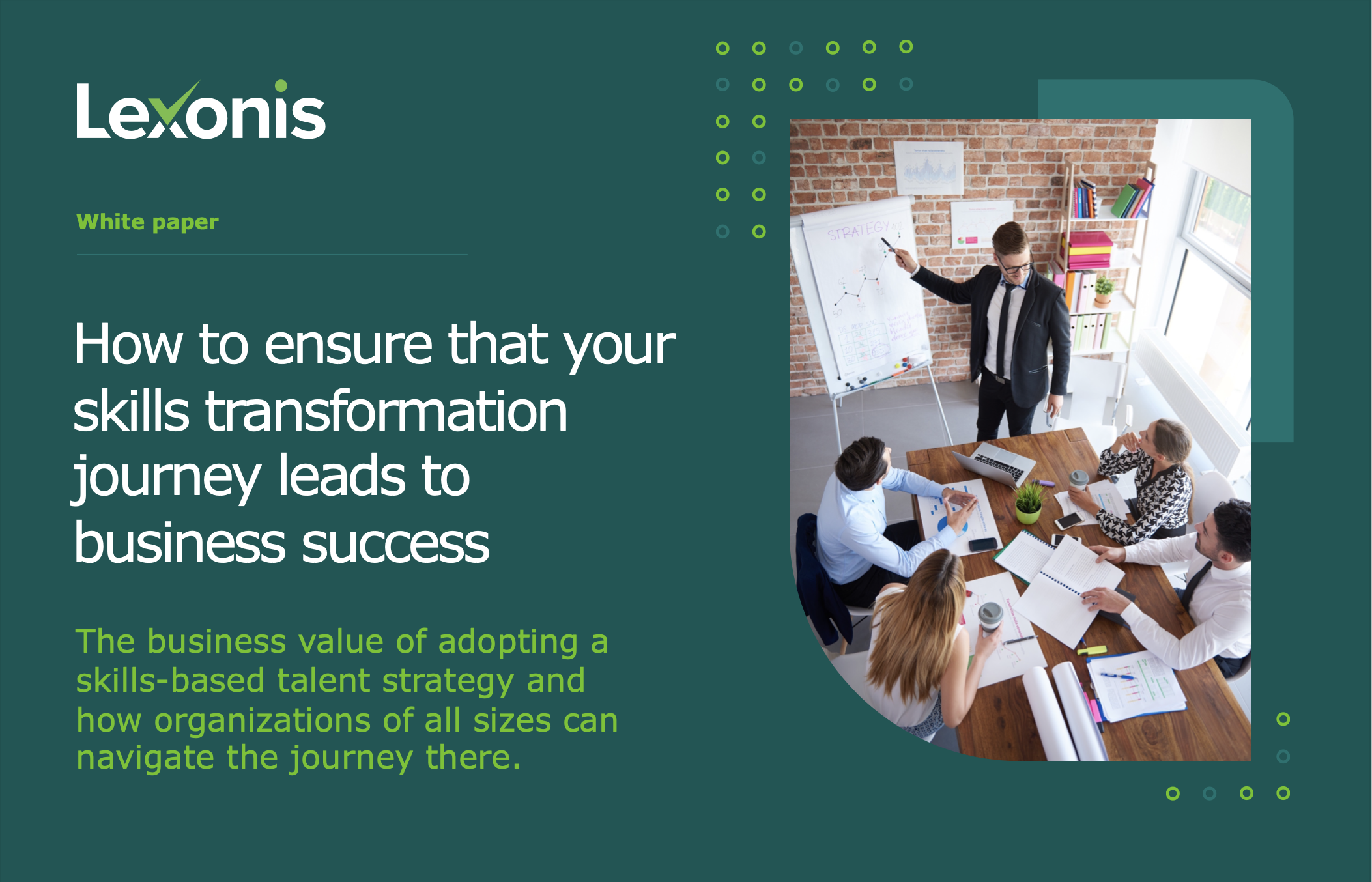One of the biggest overheads for many organizations today is recruitment, so what can you do to reduce employee turnover, and keep and attract key talent?
The role of career development as an ‘attract and retain’ strategy is well-published, according to LinkedIn’s 2018 Workplace Learning Report, 94% of employees surveyed said they would stay at a company longer if it invested in their career development. Given the importance of having a career development strategy, what can you do to properly manage development and nurture an engaged, productive workforce?
1. Define job requirements clearly
Competency-based job descriptions that are simple to read and consistent will enable employees across your organization to have a clear idea of what success looks like and career development discussions will benefit from using a common language to describe job requirements.
A competency-based job description will typically include the names of the key competencies the employee will need to demonstrate to be successful in the job and the degree of proficiency that they need to demonstrate for each one.
2. Capture their strengths
Help employees and managers capture the individual’s existing competencies, how proficient they are in each one, including evidence of how they demonstrate them in their work. You may decide to use a technology platform to help you to do this. Systems such as Lexonis TalentScape make this quick and easy to do.
3. Match their aspirations
What are their personal career development aspirations? Are they withinthe same or a different part of the organisation? Are they at a higher job level or do they have a lateral/diagonal target?
Use the competency strengths that you have captured to help identify their natural progression path and align this with their career aspirations.

4. Develop their objectives
Which competencies do they need to develop to support their career aspirations? Promote career development discussions between managers and employees and use them to clearly identify areas for development and set career development objectives. For instance, this may include encouraging one-to-one meetings that can be scheduled very specifically for this purpose.
5. Coach them
Yes, the idea of ‘self-service’ career development sounds good, but don’t just leave them to it. Afford the time and opportunity for your managers to hold structured and productive coaching conversations.
Encourage your managers to provide practical pointers for developing relationships, for improving personal effectiveness and knowledge and help them to connect their team members with coaching buddies.
Next steps
If you’d like more information on how to take the next steps in defining your career development programs to help you to attract and retain key talent for your organisation, watch our free pre-recorded Lexonis webinar where we cover how you can create a healthy, clear view of personal growth at work.
Alternatively, schedule a phone meeting with one of our competency experts.
Its’s free of charge and we are always happy to share our experience with you!



